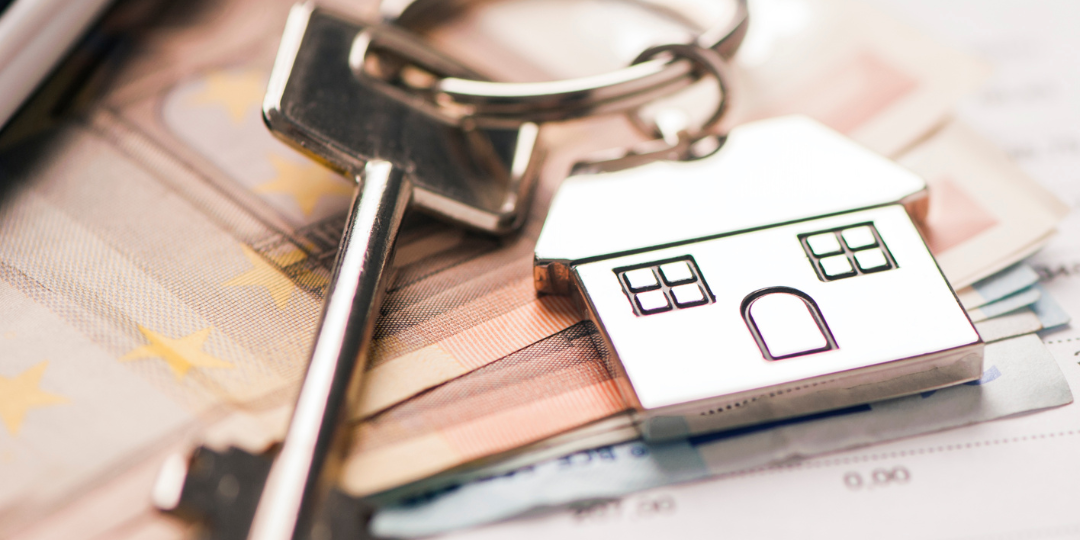Reduced Interest Rates Using This Strategy
When you make the decision to purchase a home, you commit to paying not just the home’s purchase price but also the interest rate on your mortgage loan, which represents the cost of borrowing money from your mortgage lender.
Many homebuyers are seeing a decline in their purchasing power and an increase in their possible monthly payments as a result of the current high mortgage rates. While delaying a purchase until mortgage rates are low once again may seem enticing, it isn’t always possible. Fortunately, you may think about buying down your mortgage as one alternative.
You may lock in a lower mortgage rate and keep more of your monthly income by paying a little bit extra up front.
What Is A Mortgage Buydown?
In a financing arrangement referred to as a “mortgage buydown,” the buyer, seller, or builder agrees to pay mortgage points (also called discount points) at closing in exchange for a lower interest rate. The difference between the standard rate and the revised rate will be covered by this one-time charge.
Depending on your lender and whether you want a permanent or temporary mortgage buydown rate, there are many ways to buy down a mortgage.
What does a buydown on a permanent mortgage look like?
With this option, you’ll pay your lender discount points at closing to purchase a cheaper rate that will apply to the whole loan term. The rate will never go up, unlike a brief mortgage buydown.
What does a temporary mortgage buydown look like?
Your mortgage interest rates will initially remain low under this arrangement before rising over time. You may hear phrases like “3-2-1 buydown” or “2-1 buydown” used to describe temporary mortgage buydown structures. Later, we’ll discuss how each arrangement appears.
How much does buying down a mortgage rate cost?
Each mortgage point that is paid by the borrower normally equals 1% of the loan balance and lowers your interest rate by 0.25%. For instance, one point would reduce the interest rate on a mortgage from 6% to 5.75%. However, lenders may differ in how much each discount point reduces the rate.
Consider a scenario in which a mortgage lender gives you, the borrower, the chance to lower your interest rate by 0.25% in return for purchasing one point. In other words, if your loan is for $500,000 and the interest rate is 6%, you can pay $5,000 (1% of $500,000) to reduce your interest rate to 5.75% with one discount point.
Several Ways For Buying Down A Mortgage
Temporary mortgage buydowns typically take the form of a “3-2-1 buydown,” “2-1 buydown,” or “1-0 buydown.” Below is an overview of how each works.
A 3-2-1 buydown
The borrower can benefit from lower interest rates for the first three years of the loan thanks to a 3-2-1 buydown. The interest rate is 3% lower than the going rate in the first year and rises by 1% annually for the next two years. The rate will be the same for the fourth year as it was when you locked up your mortgage.
Let’s assume that a buyer is approved for a 6% interest rate, 30-year mortgage loan. The timetable will be as follows if the buyer chooses they want to reduce the interest rate for three years using a 3-2-1 buydown:
- In the first year, the buyer will pay a 3% interest rate.
- In the second year, the buyer will pay 4% in interest.
- In the third year, the buyer will pay a 5% interest rate.
- Unless they choose to sell or refinance, the buyer will pay the entire 6% for years 4 through 30.
See how a 3-2-1 mortgage buydown might affect the buyer’s monthly mortgage payment on a $400,000, 30-year loan with a 6% interest rate in the chart below.
Lenders will charge different amounts of mortgage points for the buydown. However, you’ll discover that the cost of the buydown is often equivalent to the sum the buyer will save on interest. Using the above example, the mortgage buydown was about $17,412.
A 2-1 buydown
Similar to the 3-2-1 arrangement, a 2-1 mortgage buydown only offers the lower rate for the first two years of the loan’s life. This would result in a first-year interest rate for the buyer that is 2% lower than the usual rate and a second-year interest rate that is 1% lower.
Reduced Interest Rates That Are Distributed Equally
By paying more up front, a buyer can opt to acquire more points, which will lower their overall interest rate for the duration of the loan. This will prevent an increase in the interest rate and the buyer’s mortgage payments.
The overall cost of the buydown will be more than paying off the mortgage early for the first two or three years. As an example, if a buyer decides to buy down the mortgage to 5% for the full 30 years, their monthly payments would be $2,147, saving them $3,012.







